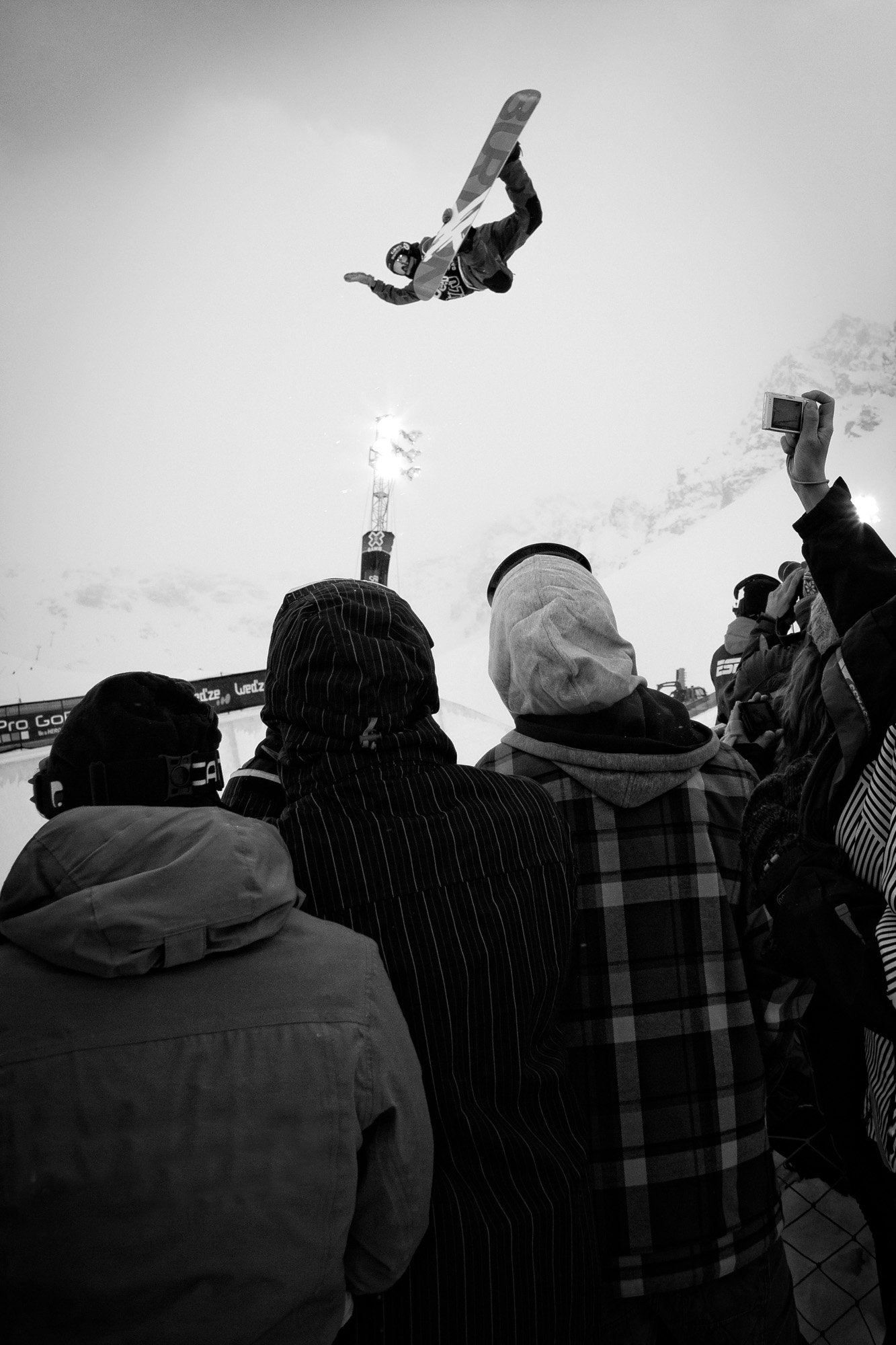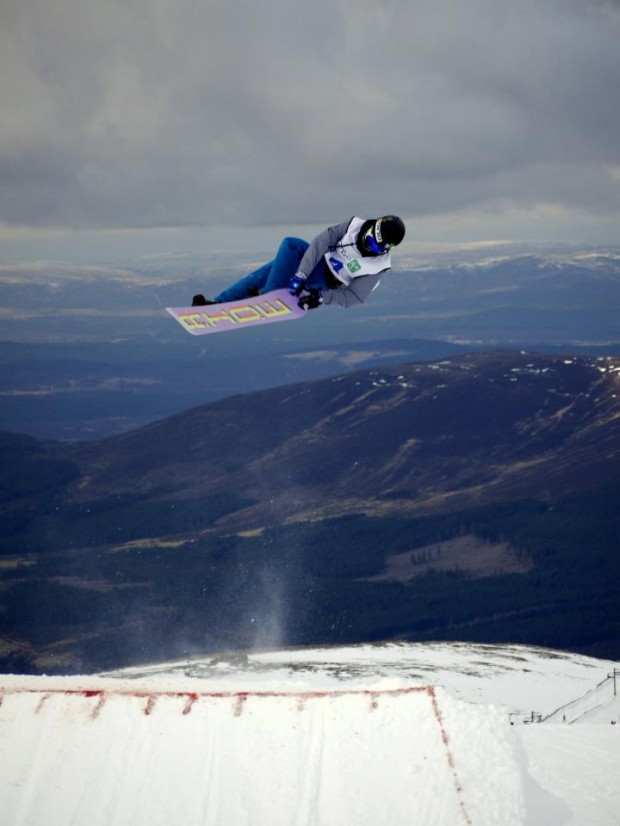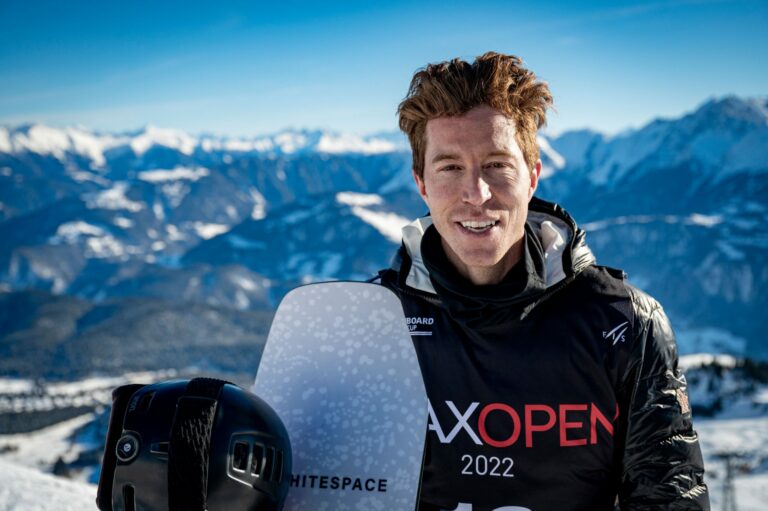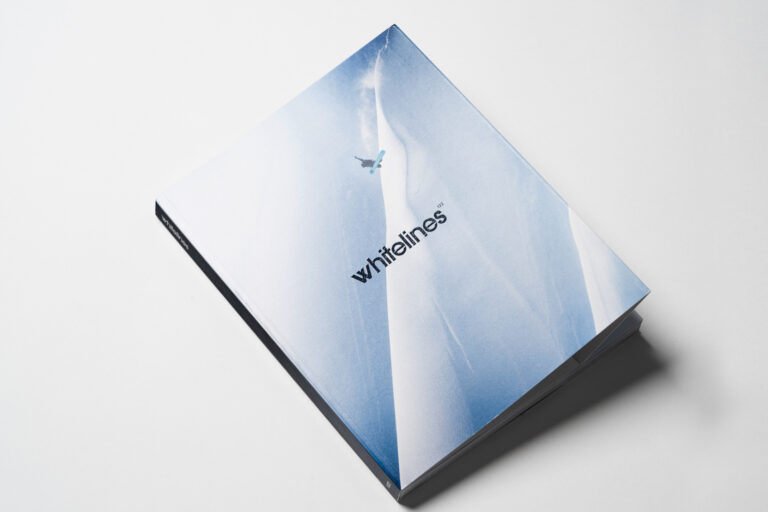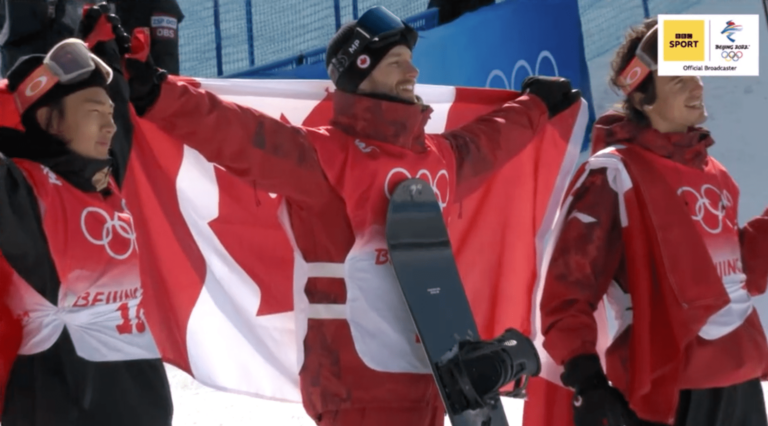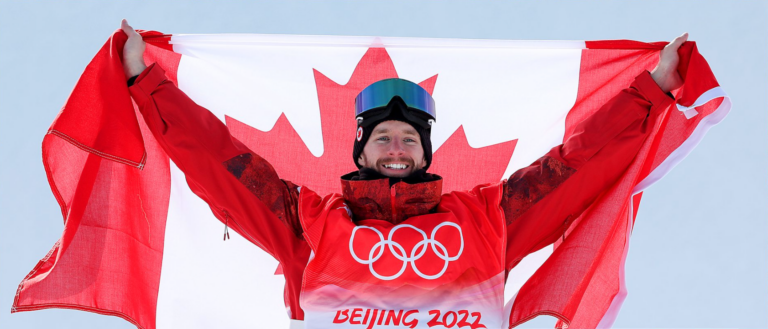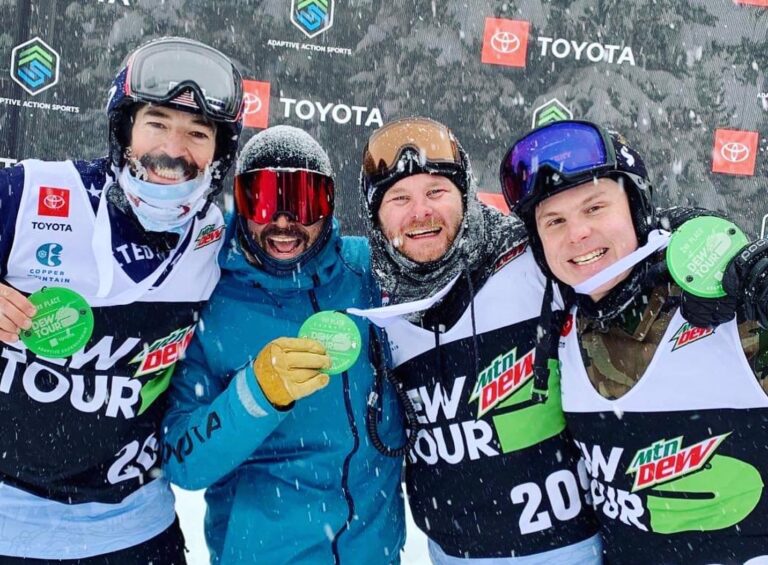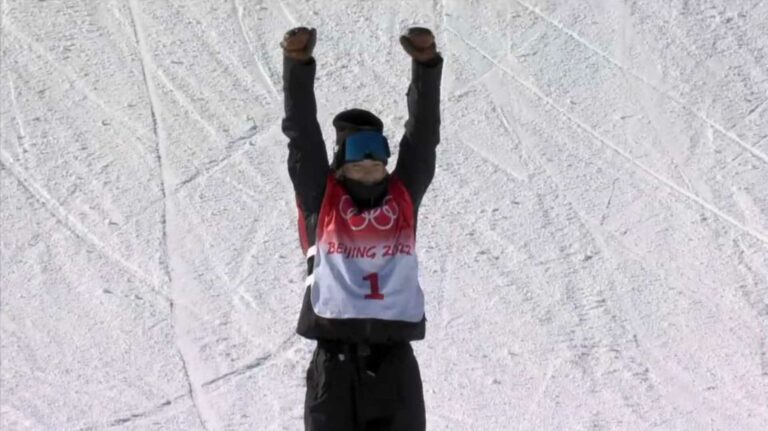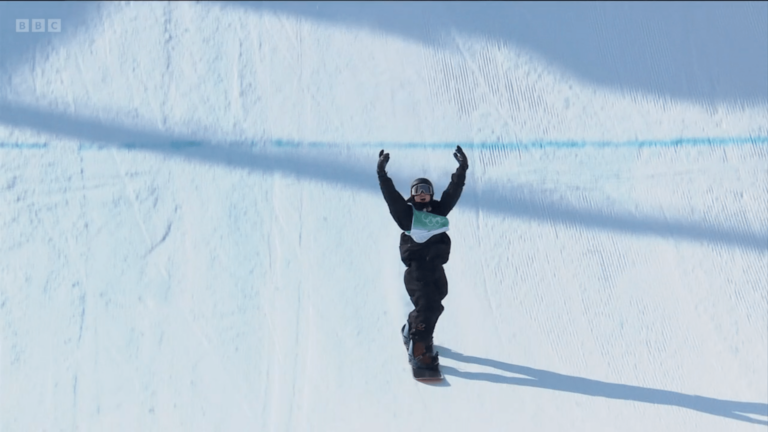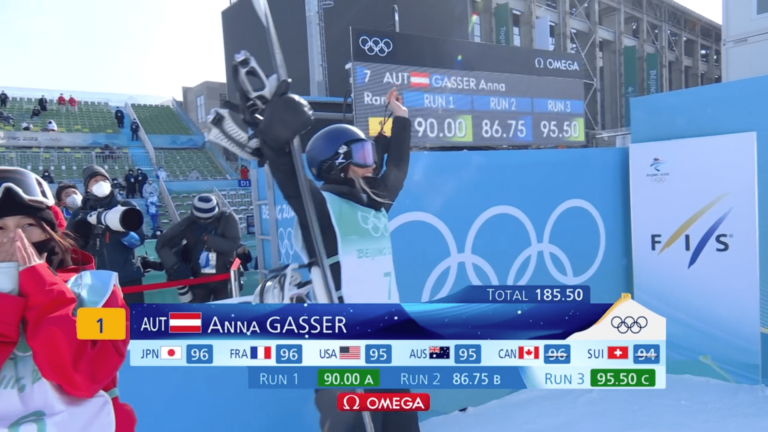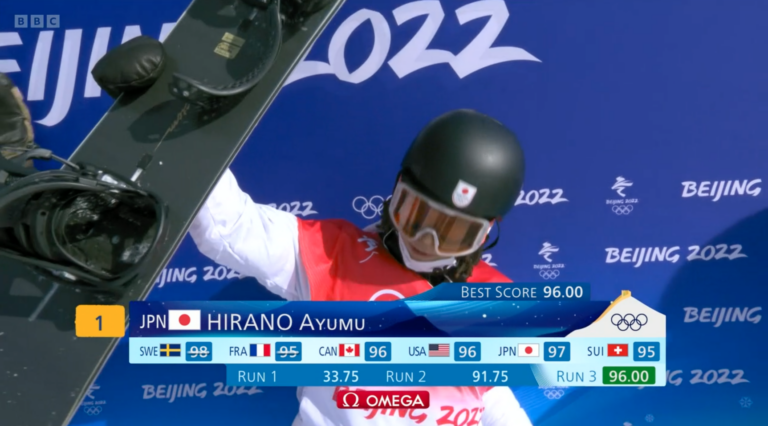Above: Arthur Longo sends a method out the pipe | PC: Sam McMahon
First things first: if you’ve cleared the one click hurdle and actually made it past the pot-stirring headline, congratulations. As a reward, I’ll assuage your immediate fears and tell you straight out the gate, grabs are sick.
They are intrinsic to snowboarding, and specifically the importance of style within our culture. Take the NBA’s iconic red, white and blue logo of Jerry West dribbling – there are so many potential nominees for snowboarding’s equivalent silhouette. To name but a few: Jamie Lynn’s method, Ingemar Backman’s backside air, Elias Elhardt’s cab-1 melon, Victor Daviet’s inverted stalefish, Sage’s holy crail. So many stills and frame grabs exist that both exemplify and elevate snowboarding as a whole, standing as marker points in the sport’s heritage.
“Done right, grabs boost a trick to new levels of visual ASMR, and the very best stand tall on their own even when decoupled from spins”
Done right, grabs boost a trick to new levels of visual ASMR, and the very best stand tall on their own even when decoupled from spins. Done wrong, they stink, in such an easy way to see that even the mainstream press have picked up the stench emanating from Zhangjiakou this week.
Another disclaimer: there are no shots being fired at Maxence Parrot from this corner. His story over the last four years speaks for itself, and it’s unfortunate that the latest chapter has ended in the way it has. He was out there, doing his job, made an error, adjusted for it and the world goes crazy. Cue rants and hot takes* on broadcasts, and social feeds (and, next week, podcasts, truly the long range semaphore of modern communication).
*Having filmed extensively with Mathieu Crepel over the last few years, I found it perhaps uniquely hilarious that his take on the debacle was to throw the camera guys under the bus.
